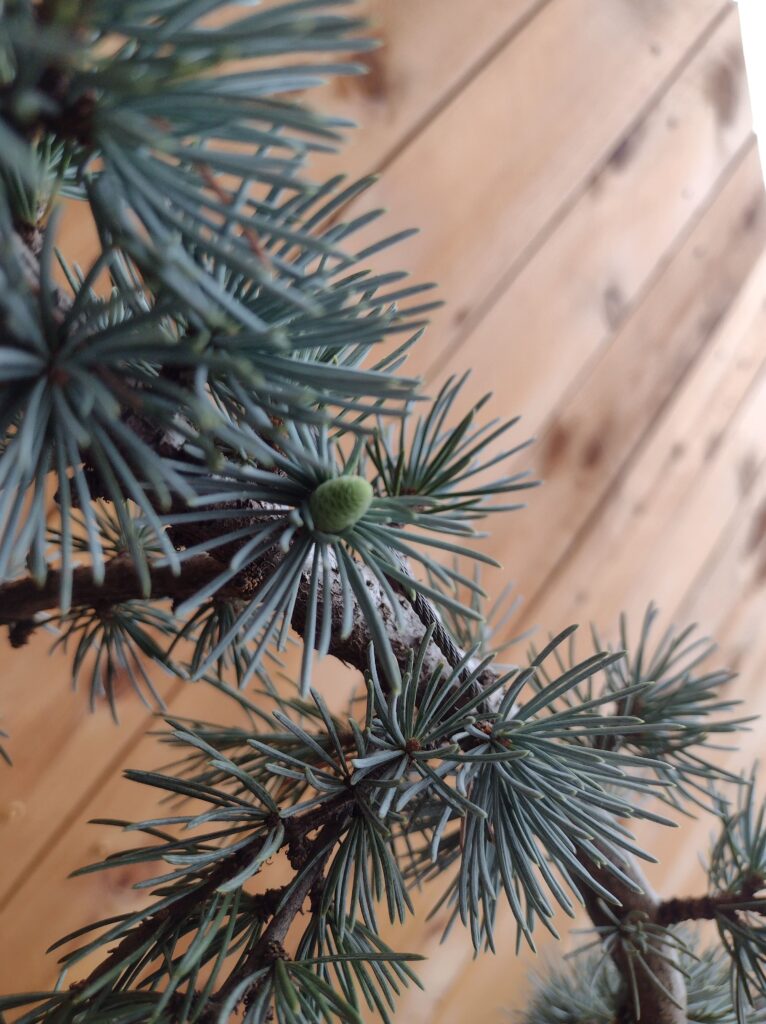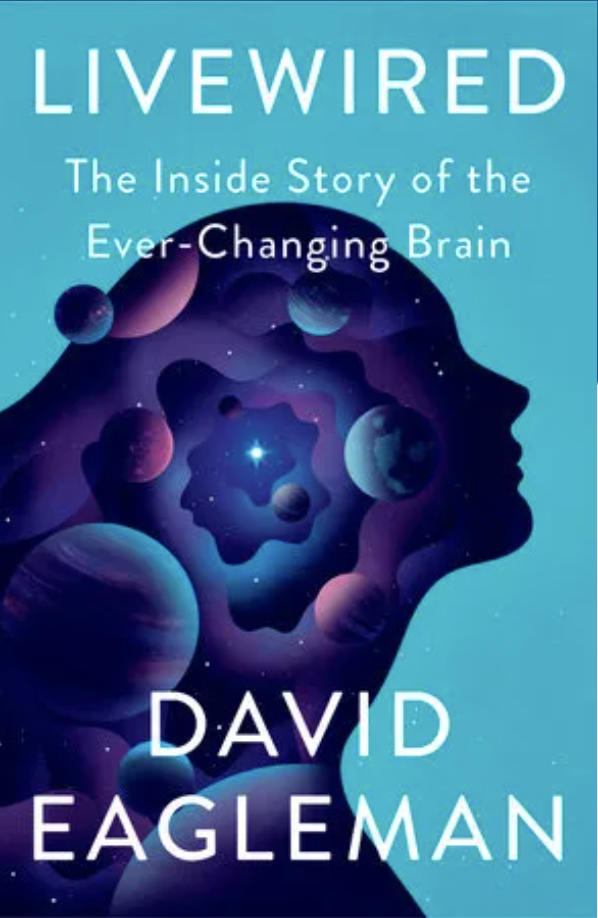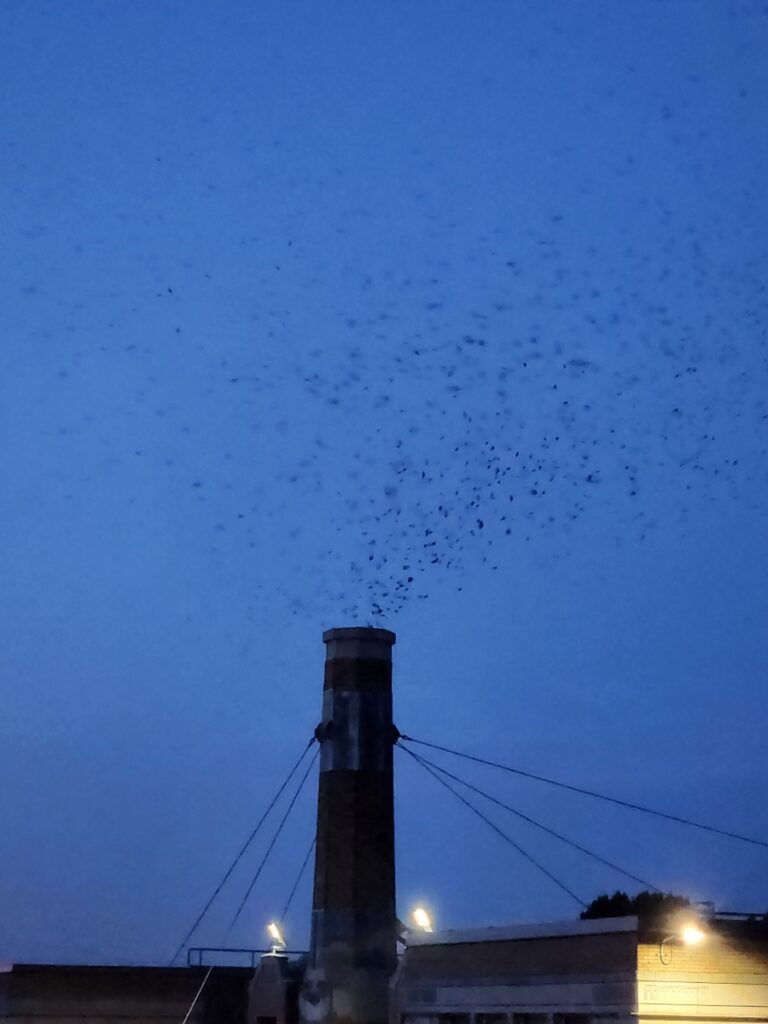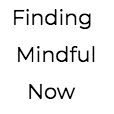Moment of Mind

Image of a sweet itty-bitty blue spruce cone, about the size of a pencil eraser by T. Ho. |
Welcome to fall!
The invitation for this newsletter is to notice where you are, or are not, resting for action. Recovering for doing. Pausing for creating. Reclining for aligning.
Basically, when are you taking a break intentionally to slow it down, to take a nap, or turn off/dial down one or more senses?
And if you are not doing this in your days, your weeks, your months, then what do you notice about that?
I started a new part-time job last month as a Policy Analyst and it involves shifting back to ~8 hour days in front of a computer screen.
This is terrible for the body.
Sitting for extended lengths of time is worse for the body than eating sugar (see here). Basically the advice these days is to move more, sit less, in whatever way you can do it – physical limitations included.
Staring at a screen is also not the best – and my eyes began to indicate eye strain relatively quickly despite my attempting to look up every half hour or so.
So I began experimenting with closing my eyes for a full ten minutes, taking a quick nap during a lunch break, and leaving the building for short walks. Anything to break up the computer-sit-slog.
What I noticed is that although concentrating in the afternoon on reading regulations remains more challenging than in the mornings, it’s easier if I take one of these breaks. It’s also helpful to rest, or pause intentionally.
It’s a subtle shift to me to rest out of frustration or upset instead of resting as part of honoring the body and mind and giving it recovery time. Even if it’s just a two minute pause.
In a related way, I’ve been working with feeling into the body *after* a burst of anxiety combined with action.
Teaching brings up all types of insecurities, and it’s nearly impossible for the first class to not involve some sort of crying release after.
Today I mentally went over all the moments where the mind wanted to judge, wanted to create blame and fault and wrongness and breathed into each one. With each breathe there was an acknowledgment of aliveness, of presence that’s there behind the anxiety and judgment patterns. Feeling the heart beating as a signal of aliveness. The awareness of the space inside the body as presence.
I invite you to turn toward your system this week and take intentional rest, however brief, as part of supporting it in its actions.
Much love,
Tia
Love for Your Inner Science Activist Nerd

I’m in the middle of this book and it’s involving regular mouth dropping to the floor moments about the brain and what it’s capable of. The book, Livewired: The Inside Story of the Ever-Changing Brain by neurosciencist David Eagleman helps us understand how our brains can change. While I typically feel annoyed at writers who attempt to condense our sophisticated living biological systems to the flatness of computer metaphors, this is the first book that I feel uses the metaphor effectively. It’s helpful for me to remember that humans have built computers in an attempt to model living system capacity.
You might remember that one of my favorite brain science people is a researcher by the name Bach-y-Rita. He invented machines that helped people’s brains do what’s called sensory substitution. Neural pathways in our neo-cortex can swap functional information processing activities. Areas that are currently occupied with decoding visual activity can instead be devoted to physical touch, or taste, or smell, or even sound if they learn how to transition over. And vice versa.
Bach-y-Rita used electrodes on people who were blind to train their brain to “see” shapes through sensing, and decoding, photoreceptor information through the skin or their tongue. As Bach-y-Rita notes “the brain is able to use information coming from the skin as if it were coming from the eyes…If I’m looking at you, the image of you doesn’t get beyond my retina, just the back of my eye. From there to the brain to the rest of the brain, it’s pulses. Pulses along nerves. Those pulses aren’t any different from the pulses along the big toe. It’s [the] information that [they carry], and the frequency and the pattern of pulses. If you could train the brain to extract that kind of information, then you don’t need the eye to see.” The basic premise is that all mammal brains are information translators – they take the sensory information coming from the external world and translate it into something our brain can do something with, whether that’s move the body through physical space, smell a flower, or eat ice cream.
While sensory substitution was already something I’d learned about in other books about neural plasticity, this book goes further and explains about how the brain can expand existing senses, develop brand new senses (which helped confirm the fascination I have with ancient Pacific Islanders and their vast sensory capacity to read the heavens in order to chart a course across the ocean), learn to recognize fake limbs as extensions of the body, develop new skills (like dogs riding skateboards)…and even innovations called neuroprosthetics that would allow people who are paralyzed to regain movement- through the power of thought.
Thought, by the way, is made of electrical current pulses like those information bits quoted above.
Here’s one of my favorite quotes from the author: “In ways we are still working to understand, the brain is stunningly gifted at taking in these signals and extracting patterns. To those patterns it assigns meaning. With the meaning you have subjective experience. The brain is an organ that converts sparks in the dark into the euphonious picture show of your world. All of the hues and aromas and emotions and sensations in your life are encoded in trillions of signals zipping in blackness, just as a beautiful screen saver on your computer screen is fundamentally built of zeroes and ones.”I’m mid-way through and other than the caveat of humans are not machines, I recommend the book for mind blowing facts about the brain!
Get Your Park Groove On

Image of swifts assembling to position themselves for a good night’s sleep at Chapman Elementary school’s chimney in NW Portland by V. Siu.
A fall tradition in Portland, Oregon is to see the Vaux Swifts in their mesmerizing patterns flying above a school yard in a neighborhood not too far from Forest Park. Each night in September (sometimes earlier and sometimes later) the birds form large flocks (thousands of birds large) and roost in large brick chimneys. Not just this one at Chapman Elementary, they have also been spotted at Taborspace in SE Portland and in a church’s chimney in Rainier.
If you decide to join the Swift Watch in NW portland, know that parking nearby can be tough so get there around 5:30pm. If you have to drive car there is free parking at the West parking lot at Montgomery Park after 5:30 p.m. Enter off NW Wardway. Portland birders who want to help with the community swift count may check in with the locally knowing birding org (their name is about to change and I don’t know what to call them in the interim) here. Happy bird watching!
Upcoming Events & New Offers

Partial Sabbatical
I’ll be on a partial sabbatical through the end of 2024. As much as I want to lead a perimenpause group, I think it may be that I need to attend someone else’s instead.
I have space for one client for Listen and Feel sessions each season – if that’s you, send me an email and we can talk about beginning in January.
If you’re looking for a forest bathing retreat, check out Alderroot Healing and Retreat or Temenos Rising.
| Copyright © 2019-2023, Finding Mindful Now LLC, All rights reserved. www.findingmindfunow.com, originally published on MailerLite with information on current offerings. Some images or content lightly revised since initial publishing. |
